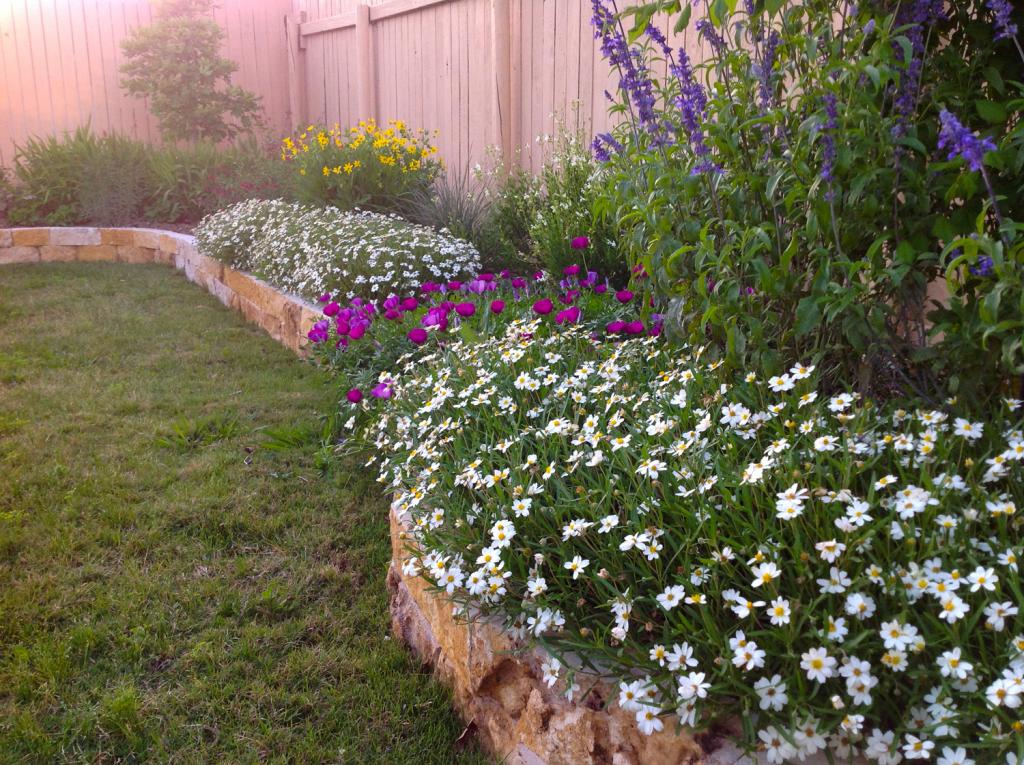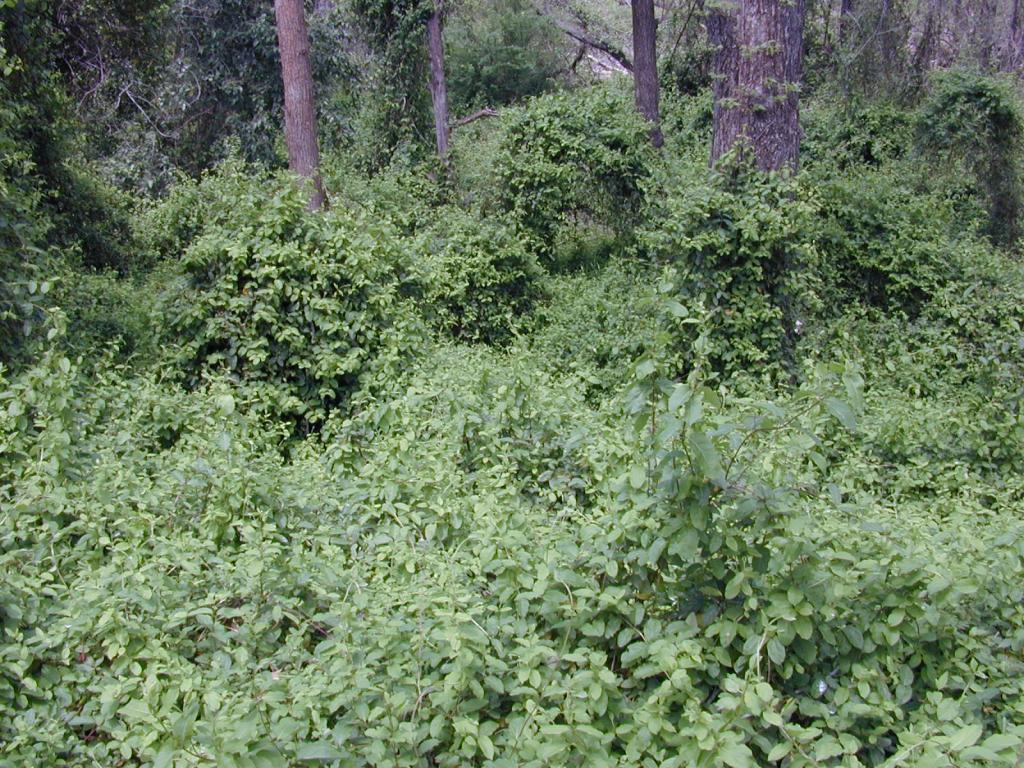Native bees play a vital role in our local ecosystems, and there are many simple ways you can help protect them. From planting native flowers and avoiding pesticides to removing invasive plants and supporting habitat conservation, every action counts. Whether you have a yard, a school garden, or just a few potted plants, your efforts can create safe spaces for pollinators to thrive. Explore the ideas below to learn how you can make a positive impact—right from your own community.
 Native landscapes around homes or schools provide much-needed habitat for native bees.
Native landscapes around homes or schools provide much-needed habitat for native bees.
Create Habitat on Your Property
Many native bees are “central place foragers,” meaning they stay close to their nest to feed. That makes even small gardens helpful for them.
Planting native plants and cutting back on pesticides are two of the most important things you can do. Native landscapes also use less water, and some projects may qualify for rebates through Austin Water’s Waterwise Landscape program.
Once your habitat is ready, consider certifying it through the National Wildlife Federation. Visit their website to learn how to Certify Your Habitat.
heck out our Resources page to learn more about designing with native plants, where to buy native plants, and more!
Exotic species, like Japanese Honeysuckle, dominate natural areas.
Avoid / Remove Exotic Plants
One major threat to local wildlife habitats is invasive, non-native plants. Species like Ligustrum, Nandina, and golden bamboo escape yards and take over wild areas.
These plants crowd out native flowers and grasses, reducing food and shelter for pollinators. They also cost time and money to control.
Most people don’t realize they’re planting harmful species. The solution is simple: don’t buy these plants and remove any that are already growing on your property.
Pesticides, especially neonicotinoids, are harmful to bees and other pollinators.
Reduce / Eliminate Pesticides
Pesticides can be very harmful to native bees, especially a group called neonicotinoids (pronounced nee-oh-nik-oh-tin-oids). These chemicals target the nervous system and are toxic to many pollinators.
Neonicotinoids are often absorbed into plant tissues, making the whole plant harmful to insects—even if it looks healthy. Common ingredients to watch for include imidacloprid, thiamethoxam, and clothianidin, among others.
Unfortunately, it’s hard to tell if a plant has been treated. Your best option is to shop at nurseries that guarantee their plants are neonicotinoid-free.
You can also find safe, organic ways to manage pests by searching online for “Austin organic gardening.” If your nursery isn’t Bee City Certified, consider sending a letter to encourage them to join.
Large-scale natural areas like Decker Tallgrass Prairie Preserve and Renee Barrera Indiangrass Preserve protect wildlife habitat.
Support Large-Scale Habitat Management
Austin has many parks, preserves, and green spaces that help both people and wildlife. These places need ongoing care to stay healthy.
Invasive species are a major threat, and restoring these habitats often requires special treatments like controlled burns or thinning overgrown forests.
These actions can seem extreme, but they’re important for maintaining healthy ecosystems. Public support and education are essential—your voice can make a difference.
Prescribed fire being applied at Onion Creek Wildlife Sanctuary to improve forest health and reduce wildfire risk.
Students install landscaping at their school.
Report Your Efforts
Every year, the city must report progress to Bee City USA. That includes efforts from residents like you.
If you’ve created a native bee habitat or made changes to support pollinators, let us know! Email us and share what you’ve done.
Continue to Learn
Helping native bees starts with education. Luckily, there are many ways to learn more.
Partner organizations around Austin offer classes, presentations, and hands-on training throughout the year. Check our home page to see what’s coming up.
Citizen scientists gather data in a preserve.
Give Back to the Community
We need your help! Volunteers play a big role in protecting native bees and improving our community.
We’re still learning basic things about many native bee species, like where they live. You can help by using free apps like iNaturalist, eBird, or Project Noah to share your wildlife sightings.
You don’t need to be an expert—the apps help identify what you’ve found. You can also volunteer to plant habitats or help maintain existing ones in Austin’s parks and preserves.
More Information
- Austin’s Community PARKnerships Program
- It’s My Park Day sponsored by the Austin Parks Foundation (website)
Contact Us
- Jessica Gilzow, contact email



.JPG)
.jpg)
.JPG)
.jpg)
.JPG)